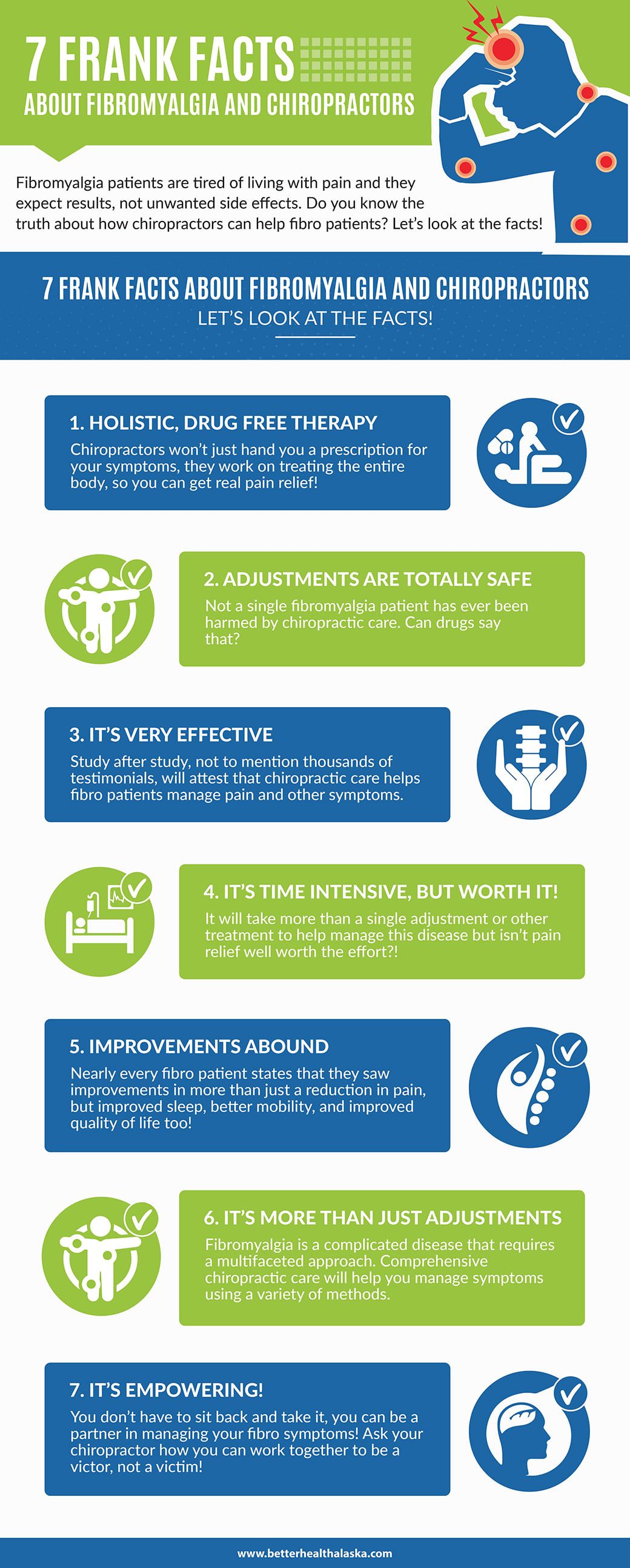Why Does Soft Tissue Treatment Hurt? Understanding The Process
Why Does Soft Tissue Treatment Hurt? Understanding The Process
Blog Article
Content Composed By-Vazquez Saleh
When you undertake soft Tissue therapy, you could locate it remarkably awkward. This discomfort arises as pressure is applied to stressful muscle mass and damaged cells, triggering your discomfort receptors. While it can really feel traumatic in the minute, there's a reason behind this experience. Recognizing what occurs in your body during these therapies can aid you appreciate the procedure. So, what exactly is going on below the surface area?
The Physiology of Discomfort Throughout Soft Tissue Therapy
When you go through soft Tissue treatment, your body's feedback to discomfort is an intricate interplay of physical procedures. As the specialist uses pressure, your body triggers discomfort receptors, sending signals to your mind. This triggers the release of natural chemicals, such as compound P and glutamate, which magnify the sensation of pain.
Your muscles may also tighten in reaction, more making complex the experience. Additionally, your body may release endorphins, all-natural pain relievers that can help minimize some pain.
The interaction in between these processes can develop a special experience for every individual. Comprehending this physiological feedback assists you browse the experiences throughout therapy, allowing you to appreciate the equilibrium between discomfort and the capacity for healing advantages.
The Duty of Pain in the Healing Process
Although pain throughout soft Tissue therapy can feel frustrating, it plays a crucial function in the recovery procedure. When you experience pain, your body is signifying that it's functioning to fix damaged tissues. This response assists boost blood circulation to the afflicted area, delivering vital nutrients and oxygen needed for recovery.
Furthermore, click over here can promote the release of endorphins, your body's natural pain relievers, producing a feeling of alleviation post-treatment. Embracing this pain can aid you comprehend your body's limits and motivate you to deal with underlying problems.
While it's uneasy now, this process is essential for long-lasting recuperation and boosted function. Identifying pain as an essential part of healing can equip you to stay devoted to your treatment.
Tips for Managing Discomfort Throughout and After Treatment
Managing discomfort throughout and after soft Tissue therapy can significantly enhance your overall experience and recuperation.
To begin, communicate openly with your specialist concerning your pain degrees; they can readjust techniques accordingly. Using deep breathing strategies can additionally help you relax and relieve discomfort.
Consider using ice to the cured area post-session to minimize swelling and numb soreness. Remaining moisturized aids in the recovery procedure, so drink lots of water.
Mild stretching and light activity after treatment can promote blood flow and ease rigidity. Finally, guarantee you get sufficient remainder to enable your body to heal.
Executing https://martintohcv.dailyhitblog.com/38497261/soft-tissue-therapy-for-professional-athletes-increase-your-efficiency can make your soft Tissue therapy more workable and enjoyable.
Conclusion
To conclude, while soft Tissue treatment can be uneasy, it's vital to acknowledge that this discomfort plays a crucial function in your recovery trip. By comprehending the physical feedbacks at play, you can come close to the therapy with a much more positive attitude. https://when-should-you-see-a-chi17384.eedblog.com/33163522/suppose-a-simple-sports-massage-therapy-could-unlock-your-peak-performance-and-prevent-injuries-discover-the-shocking-benefits-that-might-change-your-sports-trip in mind, the initial pain typically paves the way to relief as your body launches endorphins. Welcome the procedure, and don't hesitate to make use of the pointers for managing discomfort to boost your experience and recuperation.
